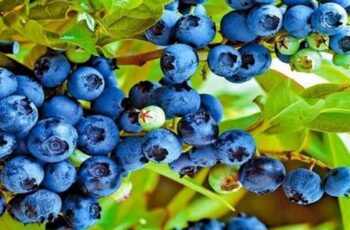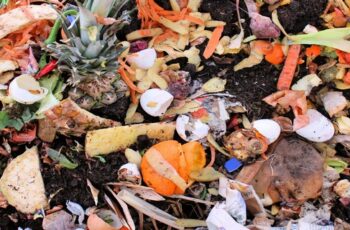Ad Blocker Detected
Our website is made possible by displaying online advertisements to our visitors. Please consider supporting us by disabling your ad blocker.
.
17. CURRANTS
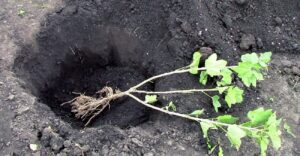
Coming in black (Ribes nigrum) and red (Ribes rubrum) varieties and the albino version of red, currants are easy-to-grow perennial fruit for edible gardens.
These cold-hardy plants do very well in sunny locations in cooler areas and in partial shade in warmer places and reliably produce fruit every year from the second year of planting.
They are generally grown from cuttings and prefer moist, slightly acidic soil.
Once the plants are established, all you have to do is prune them every year to keep the bushes under control and to promote new growth.
The tart and sweet fruit can be used in a variety of dishes and made into jams and jellies.
18. JOSTABERRY
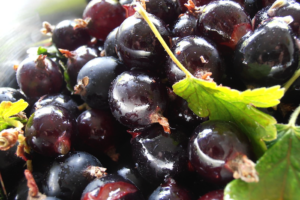
Also called Buffalo currant, Jostaberry (Ribes aureum) is a mix of gooseberry and black currants.
It combines the best of both parents and gives you sweeter berries on spineless canes. What’s more: it is resistant to the diseases affecting the parent species.
When grown in rich, moist soil from rooted cuttings, the plants grow vigorously and start producing fruit in 2-3 years.
You need quite a bit of space to accommodate these large bushes, but they are self-fertile, so a single bush is enough.
The berries can be used the same way you use blackcurrants.
19. RASPBERRIES
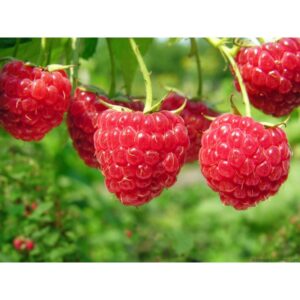
You have a wide choice when it comes to raspberries since both summer bearers and everbearing varieties that continue to produce fruit from spring to fall are available.
Then there are purple raspberries, red raspberries, and their albino versions, known as golden raspberries, to choose from.
You can find different cultivars that do well in USDA zones 3 to 10.
Plant rooted cuttings of the variety of your choice in spring. You can have several types depending on space and zone limitations but plant them at least 6-8 feet apart.
Each plant will put up an increasing number of long canes every year. Rich soil and regular feeding give great results.
20. BLUEBERRY
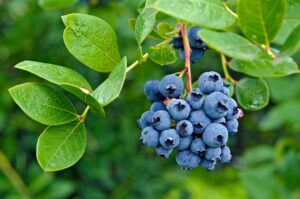
Once established, a blueberry plant can provide berries for several decades, but many cultivars are self-sterile and require more than one plant to ensure fruit production.
You can choose between lowbush Vaccinium angustifolium and highbush Vaccinium corymbosum and its hybrid varieties.
Blueberry bushes are acid-loving; they grow best in soils with pH 5. It should be evenly moist and well-drained.
Occasional pruning keeps the bushes healthy. For warmer climates (USDA zone 7-10), the tall growing Rabbiteye blueberry (Vaccinium ashei ) may be ideal.
Happy planting and healthy eating!
